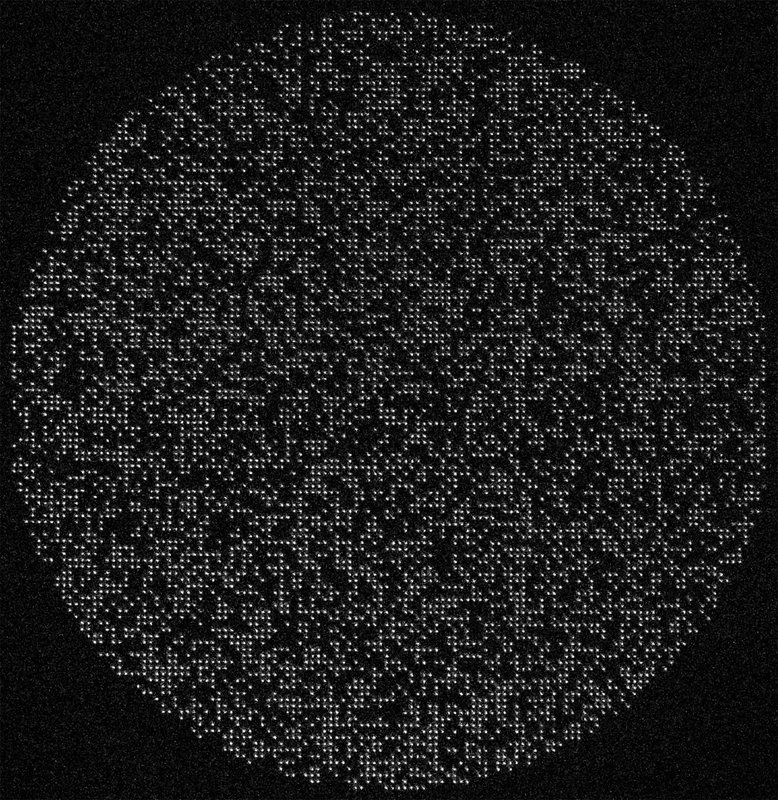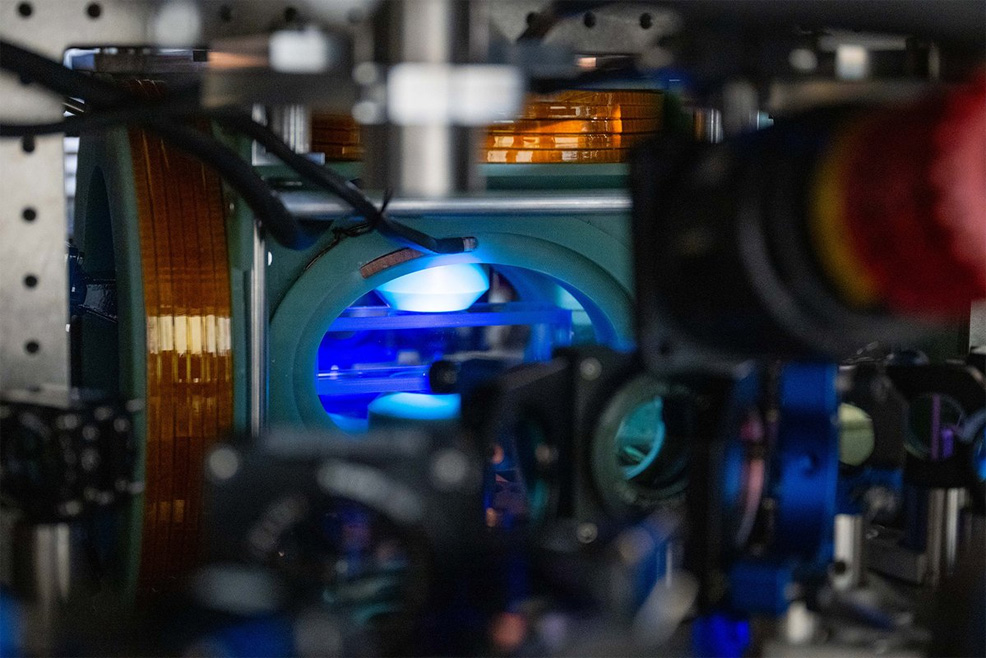
30th September 2025 Caltech builds record-breaking 6,100-qubit array Researchers at Caltech have assembled the world's largest array of atomic qubits – 6,100 in total. Although the system is not yet a fully programmable quantum computer, the proof-of-concept shows what might be possible in the next year or two.
Quantum computing is all about qubits, the quantum equivalent of classical bits. The more qubits you have, and the more reliably they interact, the more powerful your machine becomes. In 2023, Atom Computing grabbed headlines by unveiling a 1,180-qubit device. That system, based on nuclear spin qubits, was widely regarded as the largest programmable quantum computer at the time. It allowed entanglement and operations across the entire register of qubits, representing a genuine step forward in practical use. Now Caltech, led by physicist Manuel Endres, reports an array containing 6,100 atomic qubits trapped in optical tweezers. Their new paper in Nature describes an architecture with remarkable performance: qubits that stay coherent for more than 12 seconds, gate fidelities of 99.98%, and imaging accuracy above 99.99%. On sheer numbers and stability, nothing else comes close. "This is an exciting moment for neutral-atom quantum computing," says Manuel Endres, Professor of Physics at Caltech. "We can now see a pathway to large, error-corrected quantum computers. The building blocks are in place."
Crucially, the team proved that scaling up did not come at the expense of accuracy. Even with several thousand atoms packed into a single array, the researchers kept them stable. "Large scale, with more atoms, is often thought to come at the expense of accuracy – but our results show that we can do both," explains graduate student Gyohei Nomura. "Qubits aren't useful without quality. Now we have quantity and quality." The researchers also demonstrated that the atoms could be moved across hundreds of micrometres while preserving superposition. This ability to shuttle qubits without disturbing their ultra-sensitive state is vital for efficient error correction. Graduate student Hannah Manetsch compares it to "balancing a glass of water while running... trying to also keep the atom in a state of superposition is like being careful to not run so fast that water splashes over." While the system is not yet a fully programmable quantum machine like Atom Computing's earlier system, it represents the largest highly coherent neutral-atom array ever assembled. Perhaps most importantly, it shows that qubits can scale into the thousands without sacrificing quality. If researchers can now add large-scale entanglement and error correction, the next year or two could deliver breakthroughs that move us closer to a truly practical quantum computer.
Comments »
If you enjoyed this article, please consider sharing it:
|
||||||








